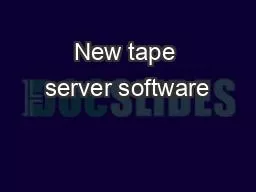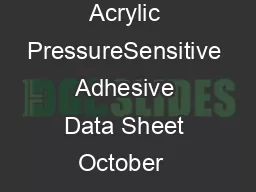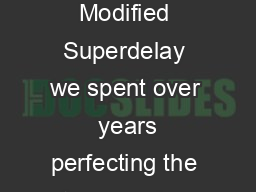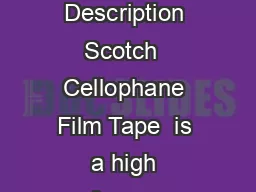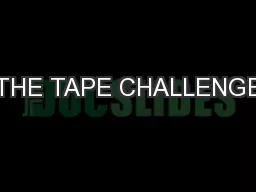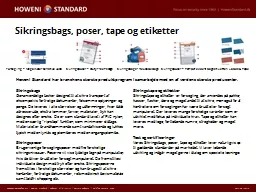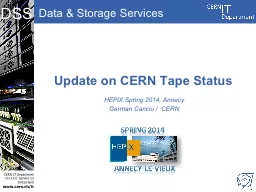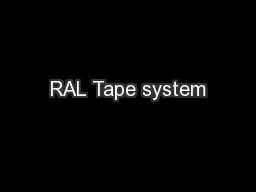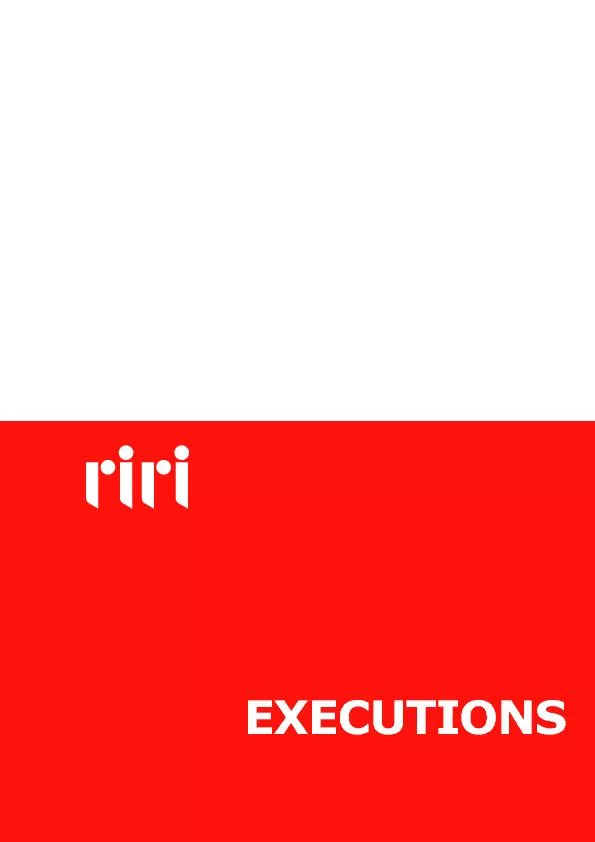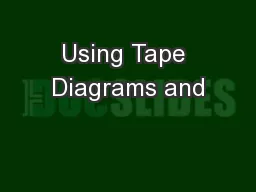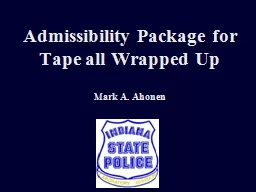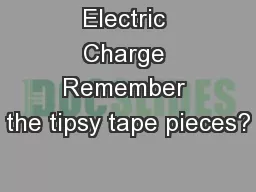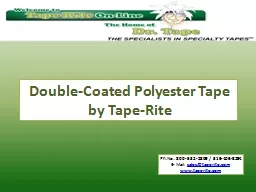PPT-New tape server software
Author : contera | Published Date : 2020-06-25
Status and plans CASTOR facetoface workshop 2223 September 2014 Eric Cano on behalf of CERN ITDSS group Overview Features for first release New tape server architecture
Presentation Embed Code
Download Presentation
Download Presentation The PPT/PDF document "New tape server software" is the property of its rightful owner. Permission is granted to download and print the materials on this website for personal, non-commercial use only, and to display it on your personal computer provided you do not modify the materials and that you retain all copyright notices contained in the materials. By downloading content from our website, you accept the terms of this agreement.
New tape server software: Transcript
Download Rules Of Document
"New tape server software"The content belongs to its owner. You may download and print it for personal use, without modification, and keep all copyright notices. By downloading, you agree to these terms.
Related Documents

